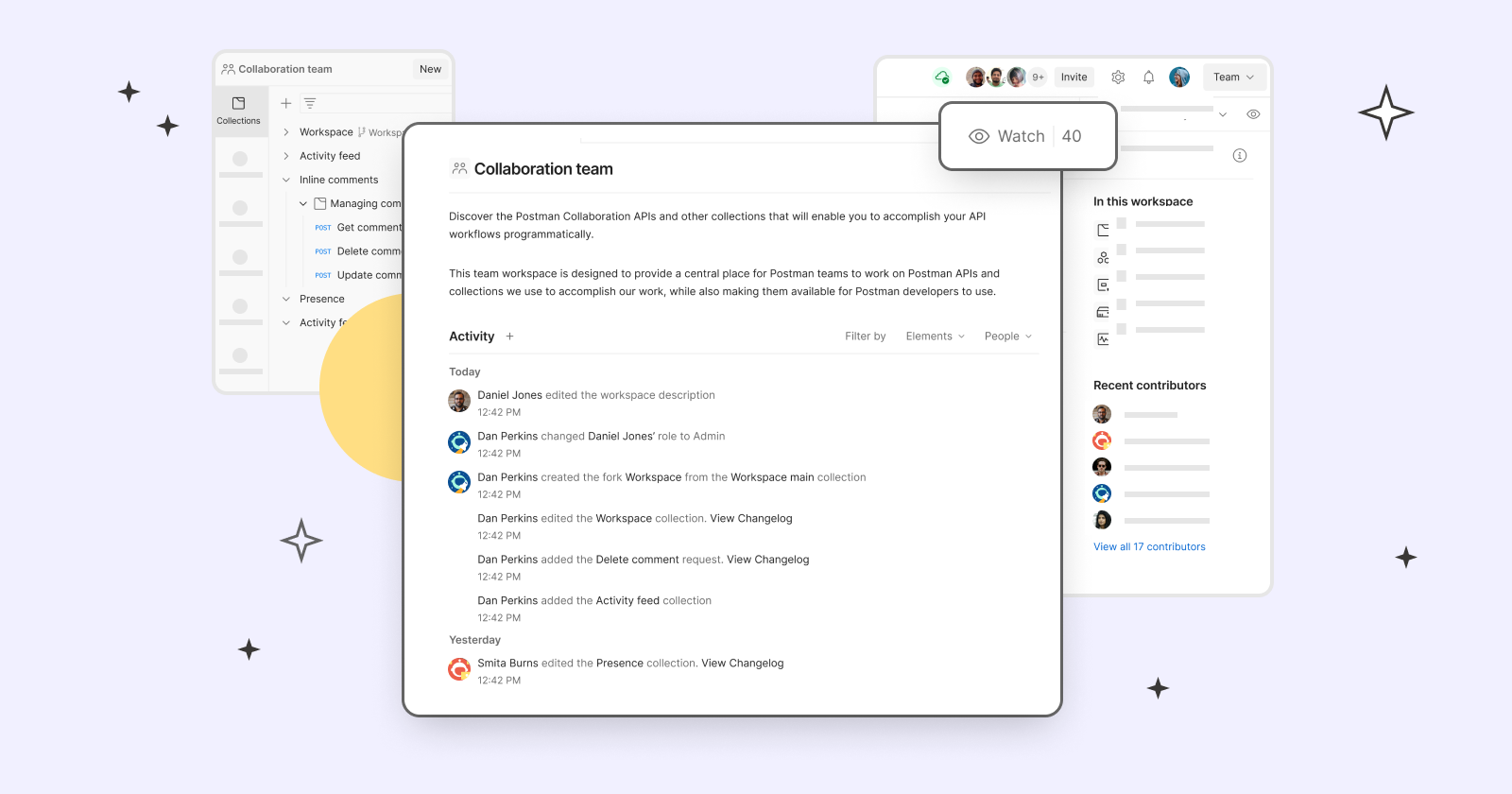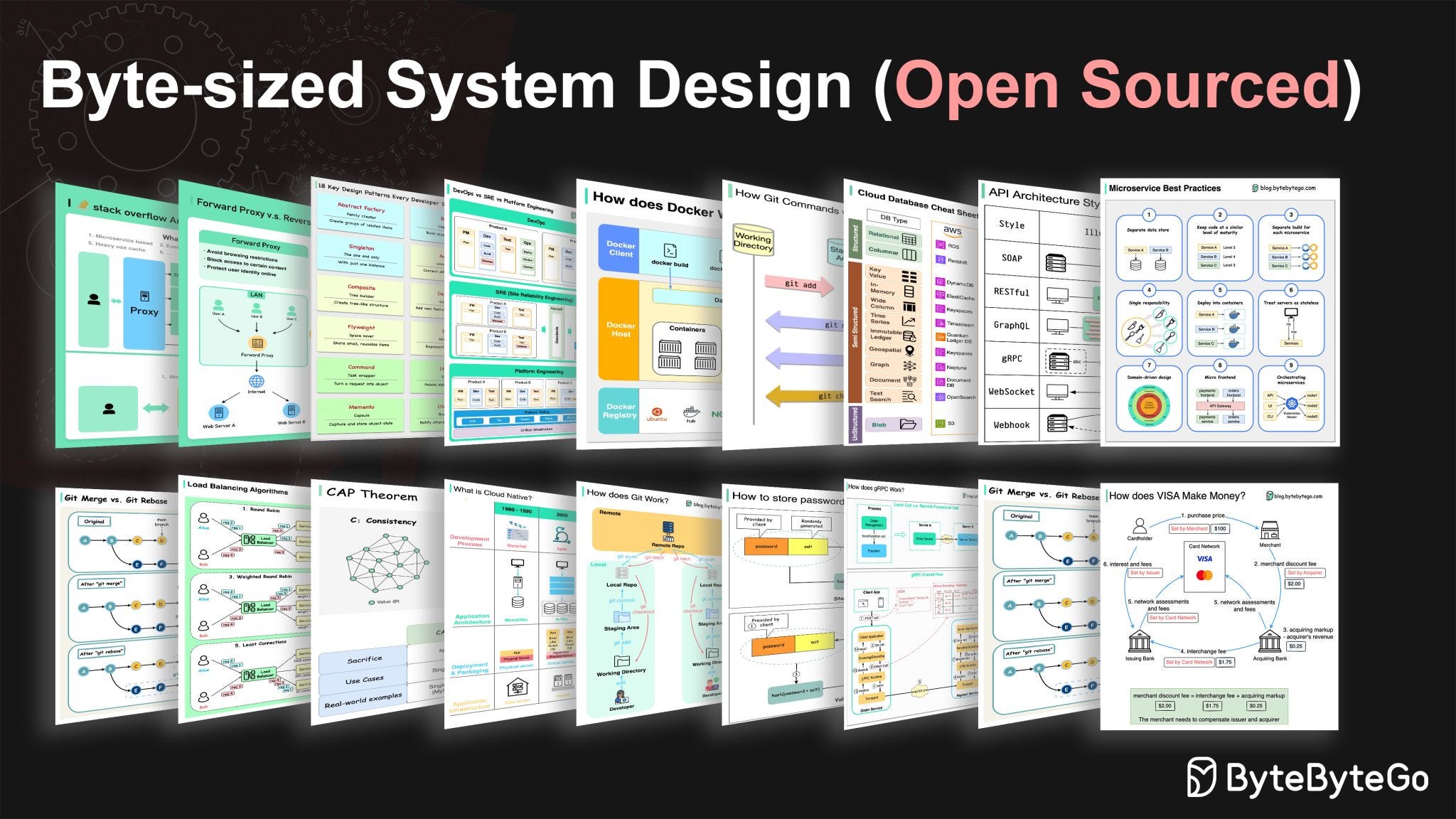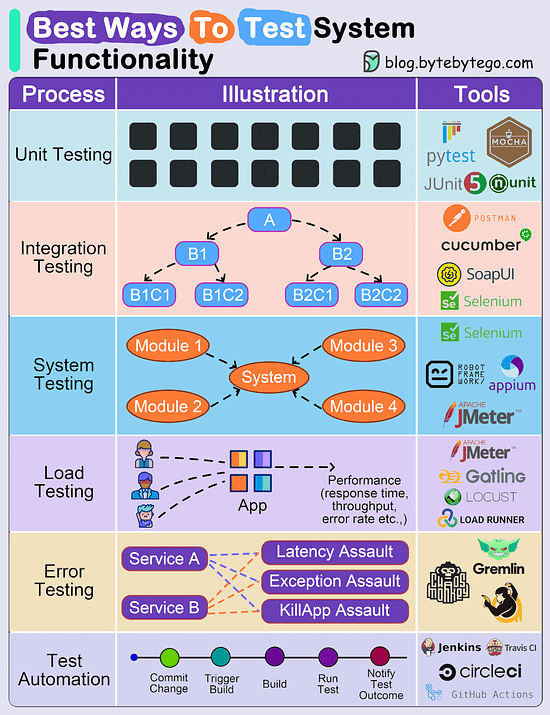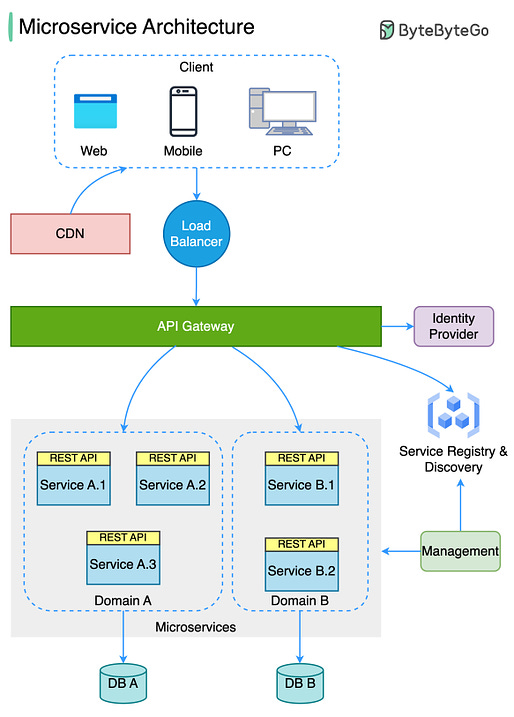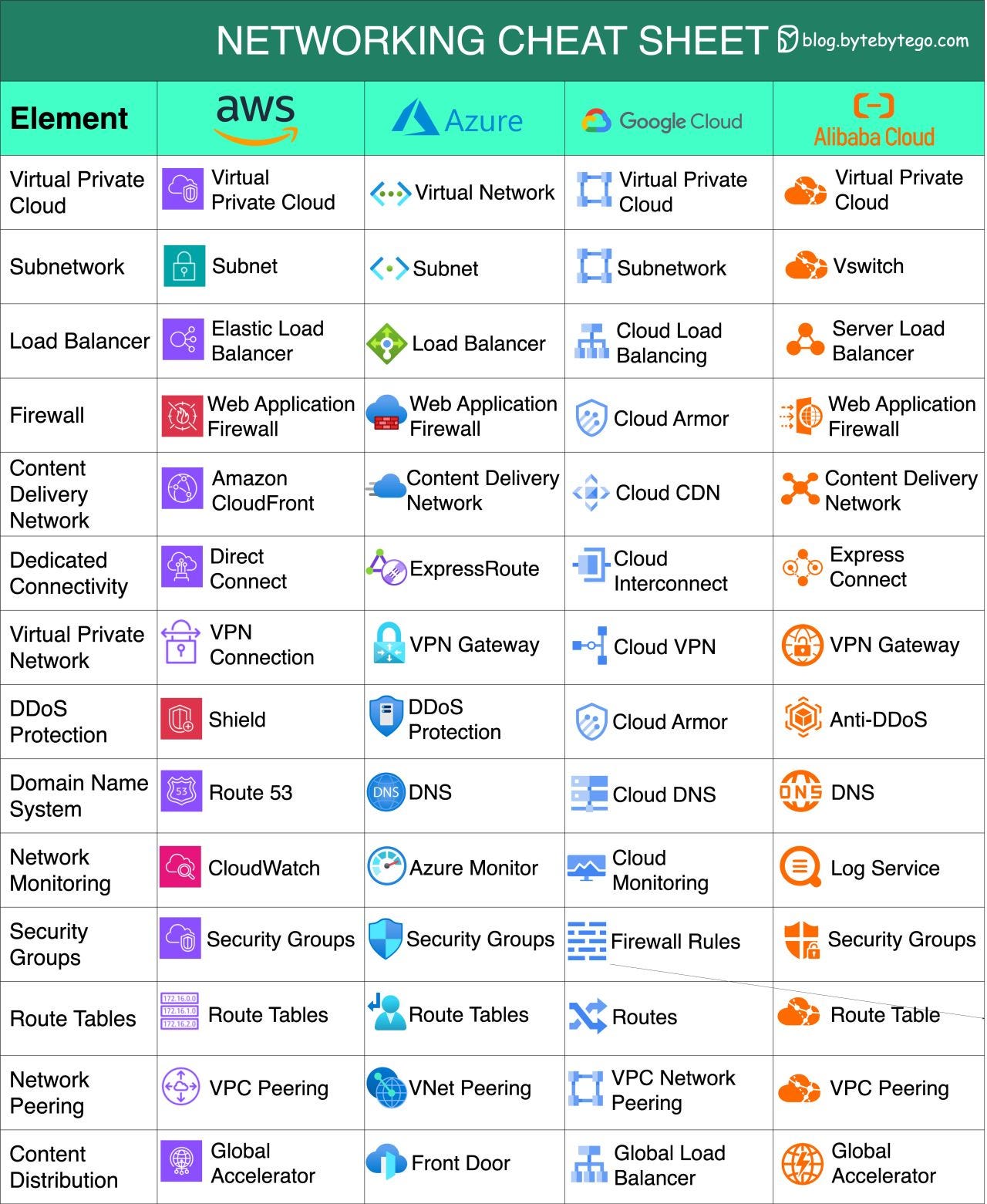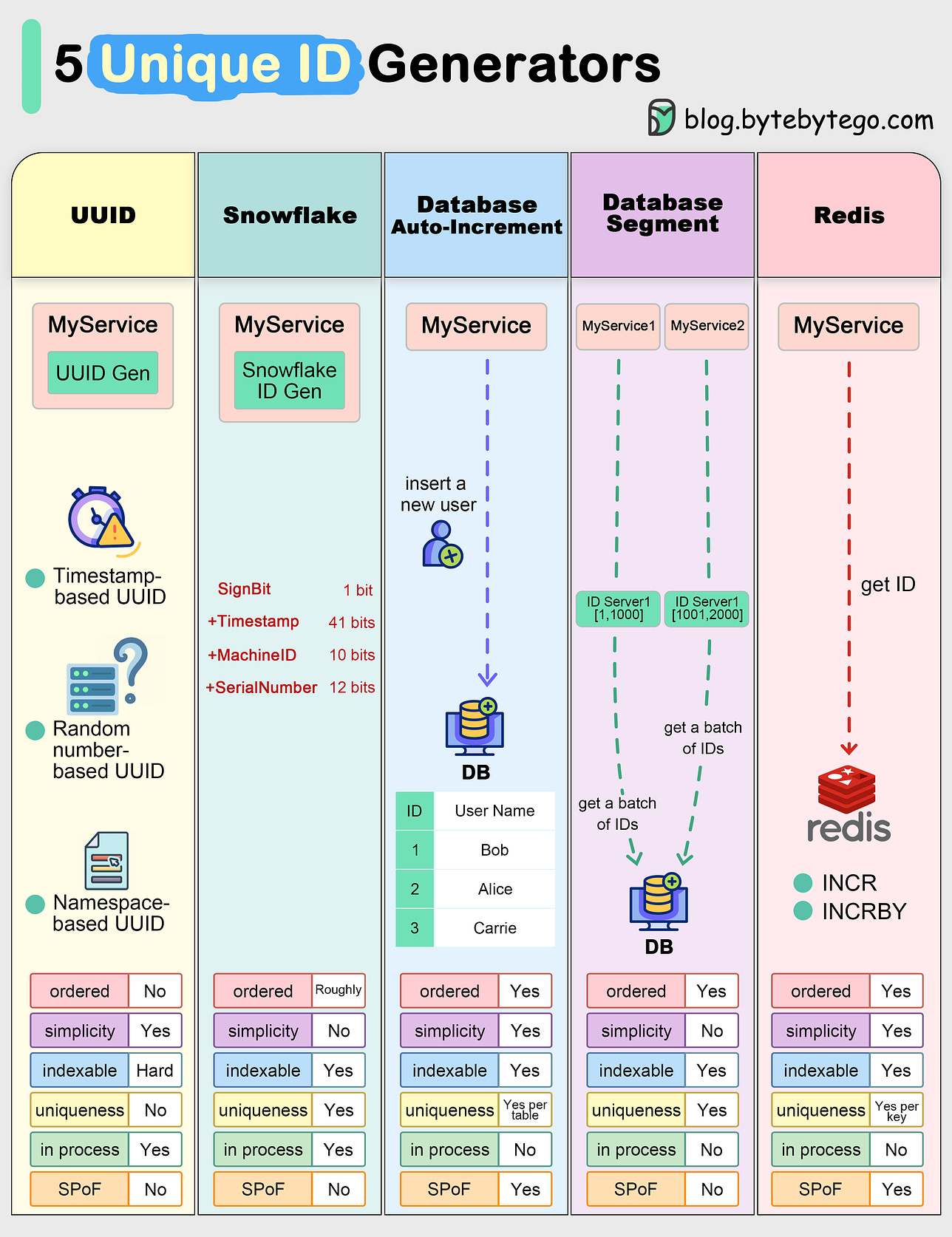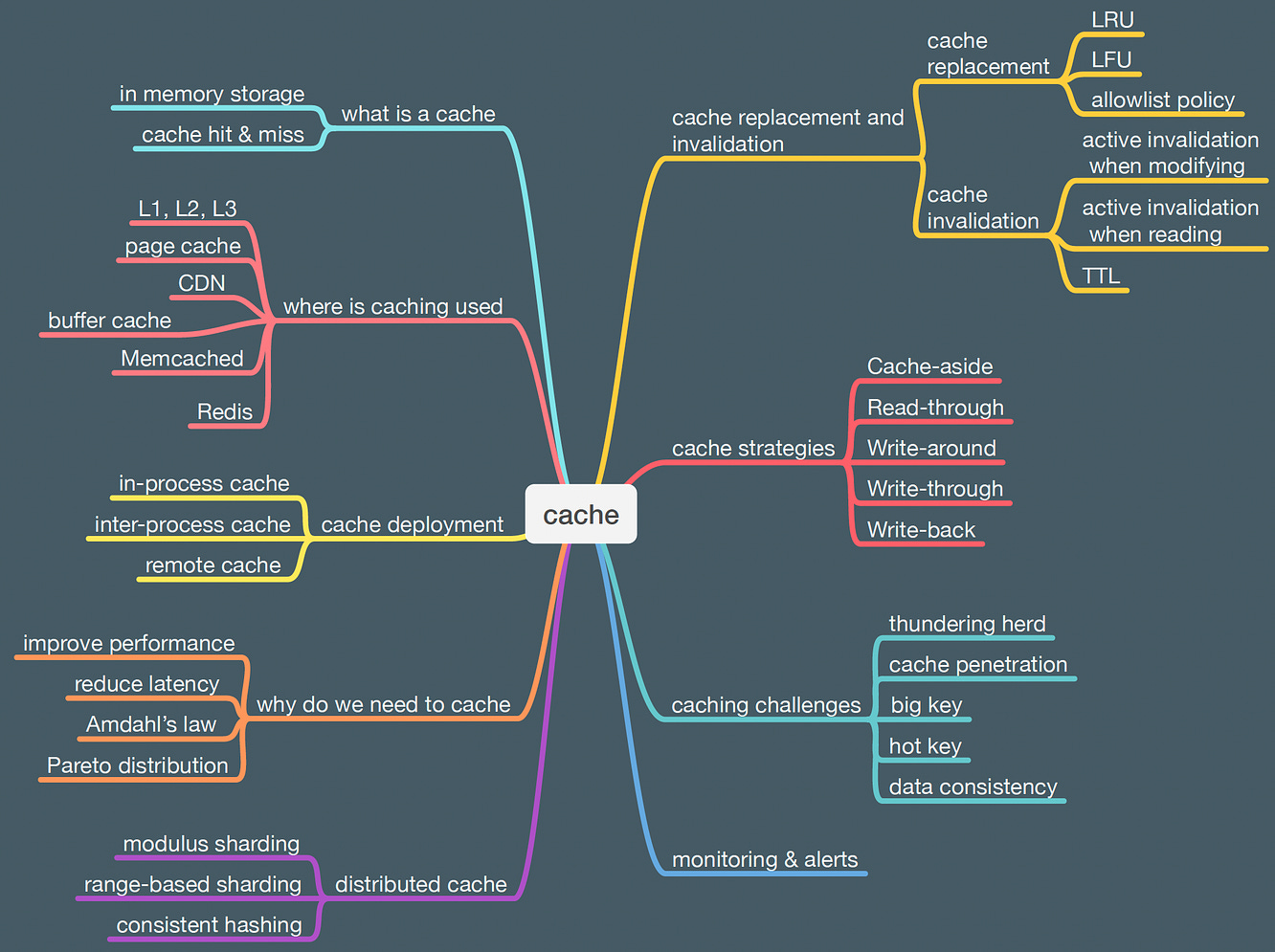- Mailing Lists
- in
- EP82: Open-sourcing Over 100 Byte-sized System Design Concepts
Archives
- By thread 5360
-
By date
- June 2021 10
- July 2021 6
- August 2021 20
- September 2021 21
- October 2021 48
- November 2021 40
- December 2021 23
- January 2022 46
- February 2022 80
- March 2022 109
- April 2022 100
- May 2022 97
- June 2022 105
- July 2022 82
- August 2022 95
- September 2022 103
- October 2022 117
- November 2022 115
- December 2022 102
- January 2023 88
- February 2023 90
- March 2023 116
- April 2023 97
- May 2023 159
- June 2023 145
- July 2023 120
- August 2023 90
- September 2023 102
- October 2023 106
- November 2023 100
- December 2023 74
- January 2024 75
- February 2024 75
- March 2024 78
- April 2024 74
- May 2024 108
- June 2024 98
- July 2024 116
- August 2024 134
- September 2024 130
- October 2024 141
- November 2024 171
- December 2024 115
- January 2025 216
- February 2025 140
- March 2025 220
- April 2025 233
- May 2025 239
- June 2025 303
- July 2025 173
EP82: Open-sourcing Over 100 Byte-sized System Design Concepts
EP82: Open-sourcing Over 100 Byte-sized System Design Concepts
This week’s system design refresher:
Organize your API work and collaborate more (Sponsored)Postman workspaces give teams shared access to the tools they need to solve problems together. They are the go-to place for development teams to collaborate and move quickly while staying on the same page. With workspaces, teams can:
Open-sourcing over 100 byte-sized system design concepts with high-resolution diagramsStart exploring the repository here: https://bit.ly/bytebytegoGitRepo Best ways to test system functionalityTesting system functionality is a crucial step in software development and engineering processes. It ensures that a system or software application performs as expected, meets user requirements, and operates reliably.
Over to you: How do you approach testing system functionality in your software development or engineering projects? Latest articlesIf you’re not a subscriber, here’s what you missed this month.
To receive all the full articles and support ByteByteGo, consider subscribing: Cloud Network Components Cheat SheetNetwork components form the backbone of cloud infrastructure, enabling connectivity, scalability, and functionality in cloud services. These components include routers, load balancers, and firewalls, which ensure data flows efficiently and securely between servers and clients. Explaining 5 unique ID generators in distributed systemsThe diagram below shows how they work. Each generator has its pros and cons.
Over to you - What ID generator have you used? Latest articlesHere are the latest articles you may have missed: To receive all the full articles and support ByteByteGo, consider subscribing: © 2023 ByteByteGo |
by "ByteByteGo" <bytebytego@substack.com> - 11:39 - 21 Oct 2023
